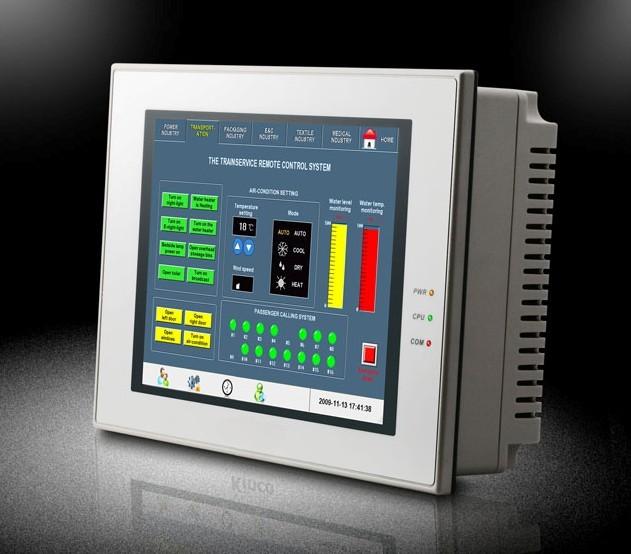Medical interaction revolution: Human-computer collaboration reshapes the future health landscape
When smart monitors silently capture every subtle abnormality of a patient’s heartbeat, when virtual reality helmets open the magic door to painless recovery for burn patients, and when experts thousands of miles away complete life-or-death guidance through the screen – Human-Computer Interaction (HCI) technology is redrawing the boundaries of medical care with unprecedented power. This silent revolution not only optimizes the process, but also profoundly reconstructs the doctor-patient relationship and the essence of life care.

Human-computer collaboration significantly improves medical efficiency and resource accessibility
- Telemedicine breaks the geographical cage: Video consultation and remote monitoring technology enable high-quality medical care to transcend mountain barriers. According to the World Health Organization report, telemedicine can increase the coverage of medical services in resource-poor areas by more than 30%, so that remote patients no longer lose hope of treatment due to distance.
- Automated processes free the hands of medical staff: Voice recognition to input medical records, intelligent guidance robots to divert patients, and automated reporting systems free medical staff from complicated affairs. The practice of the Mayo Clinic in the United States has proved that such technologies can reduce the administrative time burden of medical staff by up to 20%, allowing them to focus on core diagnosis and treatment decisions.
Precise perception and intelligent assistance to empower diagnosis and treatment decisions
- Smart devices build real-time life maps: Wearable devices and smart beds continuously collect vital signs to form a dynamic health data stream. For example, the FDA-approved Eko digital stethoscope, combined with AI algorithms, can keenly identify subtle abnormal heart sounds that are easily overlooked by traditional auscultation, providing earlier warnings for heart disease.
- Personalized diagnosis and treatment driven by data: The interactive system integrates multi-dimensional data to support the formulation of personalized plans. Cognitive computing platforms such as IBM Watson analyze massive literature and patient data to provide evidence-based treatment recommendations for complex diseases, becoming a powerful think tank for doctors’ decision-making.
Immersive technology opens a new dimension of treatment and rehabilitation
- Virtual reality (VR) relieves pain and anxiety: The soothing environment created by VR can significantly reduce patients’ pain perception and treatment anxiety. The authoritative journal JAMA Psychiatry research confirmed that VR exposure therapy is as effective as traditional therapy for post-traumatic stress disorder (PTSD) and has better compliance.
- Augmented reality (AR) enables precise operation: AR technology superimposes key navigation information during surgery. For example, AccuVein device projects vascular images on the skin, which increases the success rate of venous puncture by 3.5 times and greatly reduces the pain of repeated needle sticks for patients.
Human-machine empathy optimizes communication and patient experience
- Intelligent interactive interface bridges the communication gap: For patients with language barriers or the elderly, graphical interface, simple touch and voice interaction greatly improve the efficiency of information transmission. In children’s hospitals, interactive cartoon assistants can effectively alleviate the fear of young patients and make the examination more smoothly completed.
- Emotional computing helps psychological support: Intelligent systems begin to recognize and respond to patients’ emotions. Studies have shown that virtual nurses with emotional feedback can improve the treatment confidence and psychological comfort of patients with long-term chronic diseases.
Human-machine collaboration promotes preventive medicine and health management
- Continuous monitoring to achieve early warning of risks: Daily wearable devices and home sensors continuously collect health data, combined with AI algorithms to identify potential risk deviations. For example, the atrial fibrillation reminder function of Apple Watch has helped countless users discover hidden heart problems.
- Interactive platforms promote patient self-management: Tools such as diabetes management apps provide real-time feedback, medication reminders and personalized guidance. Research published in The Lancet Digital Health shows that such digital tools significantly improve patient compliance and health indicators.
Ethics and Challenges: Balanced Development for the Future
- Data privacy and security build the foundation of trust: Medical data is highly sensitive, and ensuring its security and compliance is the lifeline of technology promotion. GDPR, HIPAA and other regulations and blockchain technology applications are key pillars for building trust.
- Technology assists rather than replaces humanistic care: Cold algorithms cannot replace the kindness and warmth of doctors. Technology should be positioned to strengthen rather than weaken the connection and warmth between doctors and patients. As Dr. Trudeau’s epitaph reveals: “Sometimes to heal, often to help, always to comfort”, technology should serve this eternal core.
From efficiency improvement to precise diagnosis and treatment, from borderless communication to early prevention, medical human-computer interaction technology is reshaping the core dimensions of the medical system in all aspects. However, every leap in technology should be an extension of a deeper understanding of life.
When machines extend our senses and abilities, the real wisdom lies in how to make this extended hand always convey the warmth of humanity – protecting privacy in the torrent of data, retaining empathy in efficient operation, and not forgetting the awe of fragile life in addition to the accuracy of algorithms. Only when humans and machines dance in harmony on the balance point of ethics and benevolence, can this interactive revolution truly reach its sacred destination: to allow every life to be illuminated with more warmth and dignity in the galaxy of technology.
